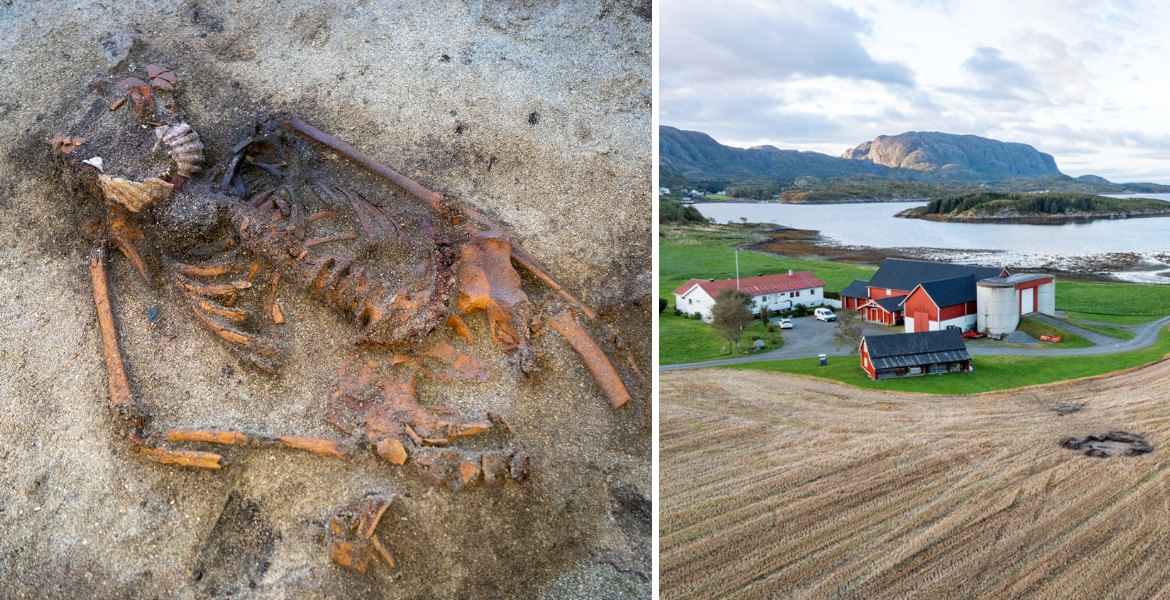Investigations of the Danish wreck of the Gripen have revealed, among other things, two gun emplacements and a unique gun chest. Investigations into the ship's combat capabilities are also underway.
The Danish King Hand's flagship Gripen, also known as Griphund and Gribshunden, sank during a fire in the Blekinge archipelago in 1495. One hundred Russian mercenaries were aboard the ship, which was on its way to Kalmar. Diving around the ship has been going on since 2013.
Last year, marine archaeologists from Stockholm University and Södertörn University dived to examine the ship, which has now been presented in a report. The most recent dive also focused on an ongoing dissertation project by Rolf Warming, who is investigating, among other things, weapons technology and the role of soldiers on board.
The wreck is partly disintegrated, but parts of the ship are described as well preserved. There are also timbers that are believed to have belonged to the ship's fighting platforms, i.e. its superstructure and also the castle. This provides important information about the ship's combat capabilities and the presence of soldiers on the ship. Warming believes that the ship is an important part of naval military history and that it can be compared to other important ships of the period, such as Mars (1564) and Vasa (1628).
– The ship is an important piece of the puzzle in the 'military revolution at sea' in the early modern period, where the primary tactics shifted from close combat to heavy naval artillery, Warming said in a press release.
Unique gun chest
In addition, archaeologists have identified two gun carriages and a unique gun chest at the wreck, which has been described as the most significant find.
– The contents of the gun chest are undoubtedly one of the most important finds. The chest has been known since the 2019 dives, but now we have carefully documented its contents in 3D. Among other things, it contains several different molds and lead sheets for making lead bullets for early small arms. It is an ammunition toolbox - probably belonging to the German mercenaries who were on board at the time of the sinking, says Warming.
Scientists have also analyzed fragments of chain mail found at the wreck site during previous investigations. The analysis shows that the chain mail contained several different threads and construction techniques, suggesting that it may have been repaired several times. Based on the dimensions of the preserved rings, such a coat of mail could have contained 150,000 rings.








